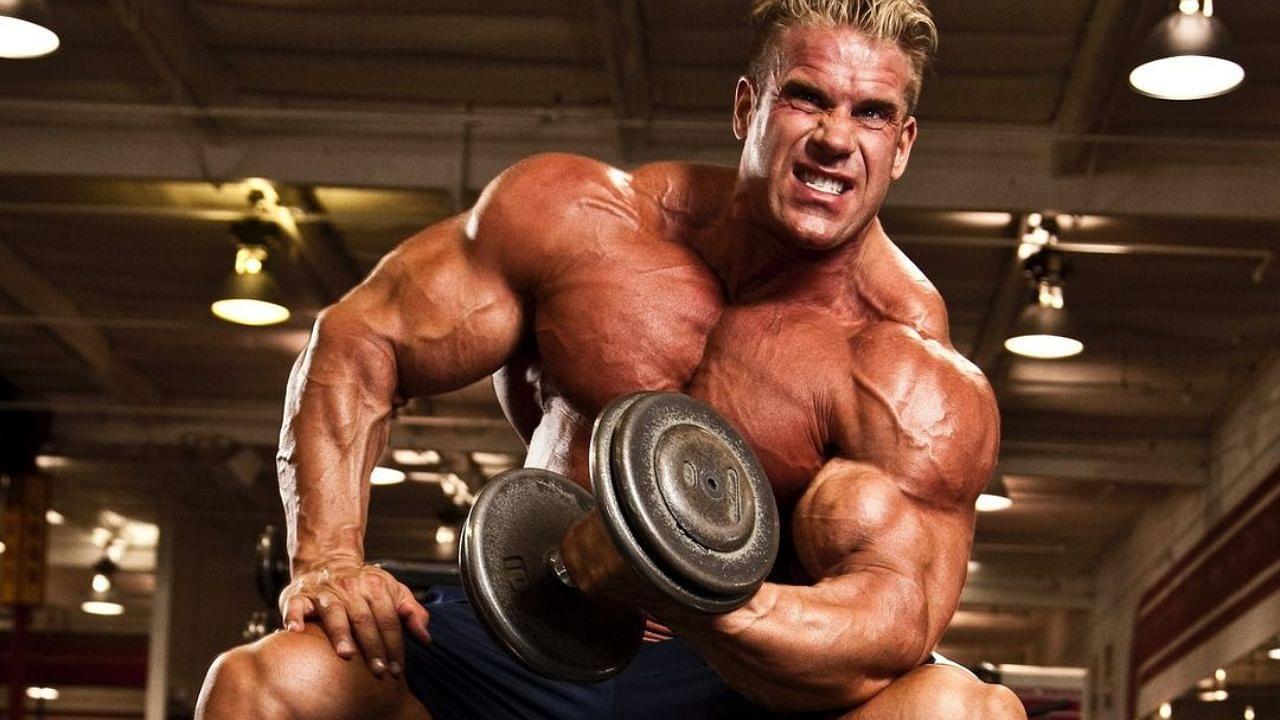Jay Cutler has had a fruitful career in bodybuilding, winning four Mr. Olympia titles and several other trophies. But what makes him different is his relevance even during the current times. The 50-year-old still maintains his chiseled physique, working out almost every day and sharing his tips and tricks.
He often posts workout advice on his social media, sharing the top few exercises to work on a specific set of muscles or certain do’s and don’ts. This time, he had some words of wisdom on developing biceps and getting the perfect form for them.
In an Instagram reel, he addressed the oft-asked question about building the long head of one’s bicep. Before he could provide certain exercises, Cutler admitted that a lot of it depended on heredity.
“I really think it’s hard to pinpoint in a bicep routine exactly what muscle, because it’s all about genetics too.”
His understanding of the part of the arm was the way the muscle grew after consistent workouts. Sometimes, people could witness visible peaks, while other times, the muscle would lay comparatively flatter.
View this post on Instagram
One could still play around with various modifications of arm and shoulder exercises to make the biceps pop, but Cutler believed in sticking to the basics. He advised fitness enthusiasts to not stray away from core movements or arm day essentials like dumbbell curls, preacher curls, barbell curls, and so on.
“More importantly, stay with the repetitions of 8-12. Focus on at least 12-16…three sets of each.”
This technique was Cutler’s sure-shot formula for all-around bicep development in fitness enthusiasts. But that wasn’t all since he went on to elaborate on certain exercises in his newsletter.
Jay Cutler remains divided between barbell and dumbbell shrugs for gains
In his newsletter ‘Jaymail’, Cutler talked about two of the popular variants of shrugs for gaining muscle mass. A fan asked for his opinion on whether to opt for dumbbell shrugs or barbell shrugs, and his response was mixed.
For the former Mr. Olympia, both variants had their own set of advantages, such that he preferred including both in a typical routine. Dumbbell shrugs were useful when one needed more stretch down the side, whereas barbell shrugs helped lift more weights. Together, they could promote the growth of traps and work as a killer combo for an intense arm workout.





